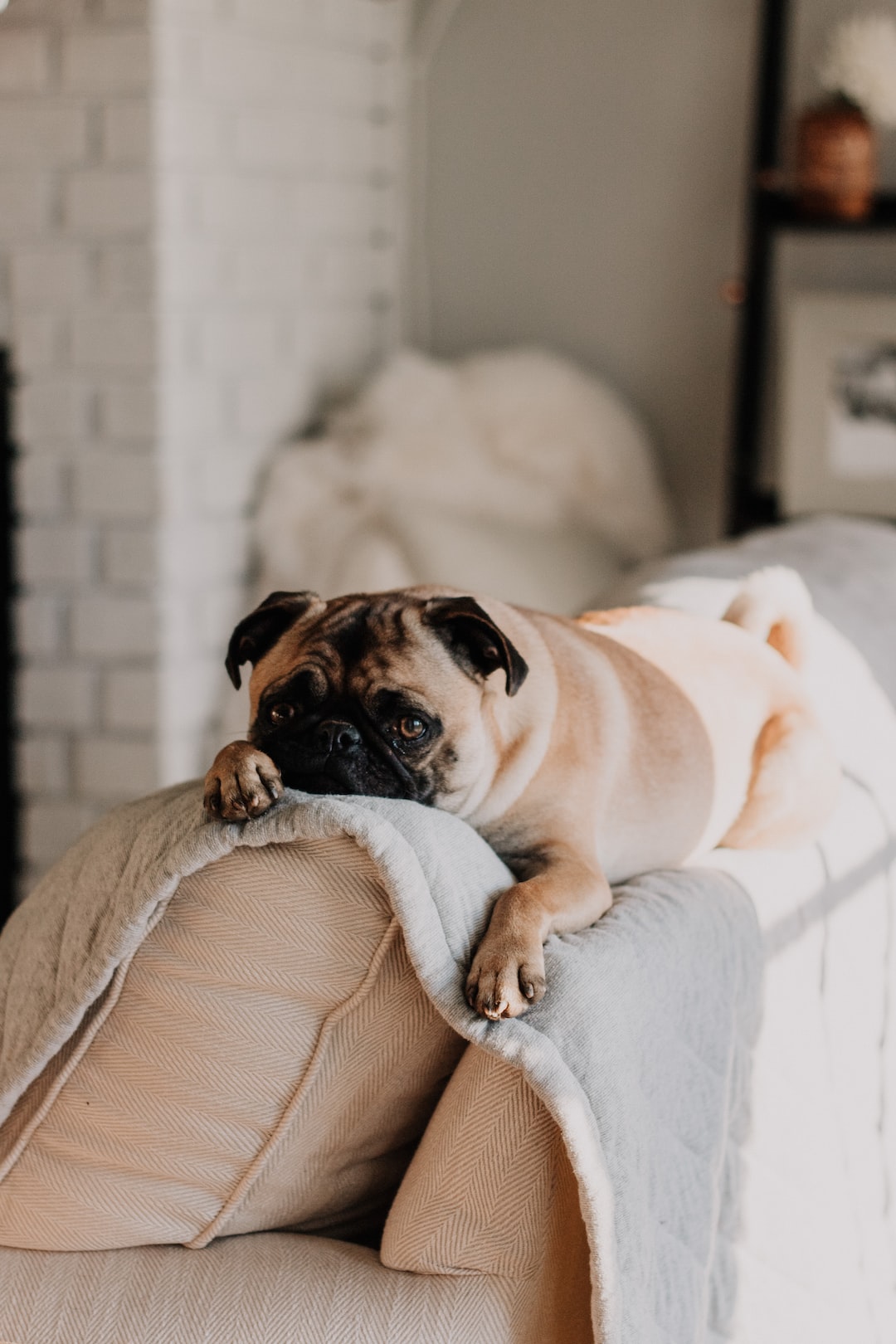How to Handle Separation Anxiety in Dogs
Dogs are known for their loyal and loving nature, making them perfect companions. However, when your furry friend displays separation anxiety, it can be a cause for concern. Separation anxiety is a common issue among dogs, which can result in destructive behavior, excessive barking, and even self-harm. If your dog experiences these symptoms when you leave the house, it’s important to address the issue and find ways to alleviate their anxiety. Here are some tips on how to handle separation anxiety in dogs.
Create a Soothing Environment
To help ease your dog’s separation anxiety, create a soothing environment for them. This can be done by setting up a designated safe space, such as a comfortable area with their bed or favorite toys. Incorporating calming scents or a piece of your clothing with your scent can also help reassure them. Additionally, leaving soft music or white noise playing in the background can create a serene atmosphere that may soothe their anxiety.
Gradual Departures
One effective technique for managing separation anxiety is to practice gradual departures. Start by leaving your dog alone for short periods, such as a few minutes, and gradually increase the time as they become more comfortable. It’s crucial to avoid making a big fuss when leaving or arriving home, as this can exacerbate their anxiety. By practicing gradual departures, your dog will slowly learn that your absence is temporary and that you will come back.
Establish a Routine
Dogs thrive on routine, so establishing a consistent daily routine can help alleviate their separation anxiety. Plan interactive activities, exercise, and feeding times to keep your dog engaged and occupied. Ensuring they have enough physical and mental stimulation throughout the day can prevent them from becoming restless or anxious. A tired dog is more likely to nap and relax when you are away, reducing their anxiety levels.
Use Desensitization Techniques
Another effective way to manage separation anxiety is to desensitize your dog to certain cues associated with your departure. For example, put on your coat and grab your keys several times a day without actually leaving. Eventually, your dog will learn that these actions do not necessarily mean you are leaving. This gradual desensitization can help diminish their anxiety triggers and make your departures less stressful for them.
Seek Professional Help if Necessary
If your dog’s separation anxiety persists, despite your best efforts, it may be beneficial to seek professional help. A certified dog trainer or animal behaviorist can assess your dog’s specific needs and develop a tailored behavior modification plan. They may recommend techniques such as counter-conditioning or medication in severe cases. Remember, every dog is unique, and what works for one dog may not work for another.
Avoid Punishment
It’s important to note that punishment is never an effective way to handle separation anxiety in dogs. Yelling, scolding, or any form of physical punishment can worsen their anxiety and may result in other behavioral issues. Instead, focus on positive reinforcement techniques such as rewarding calm behavior or using interactive toys to distract and entertain your dog when you are away.
In conclusion, separation anxiety is a common issue among dogs, but with patience and proper techniques, it can be managed effectively. Creating a soothing environment, practicing gradual departures, establishing a routine, and using desensitization techniques are all valuable tools in handling separation anxiety. However, if your dog’s condition persists, seeking professional help is recommended. Remember, your dog relies on you to provide comfort and security, so be patient and understanding as you work together to alleviate their anxiety.
